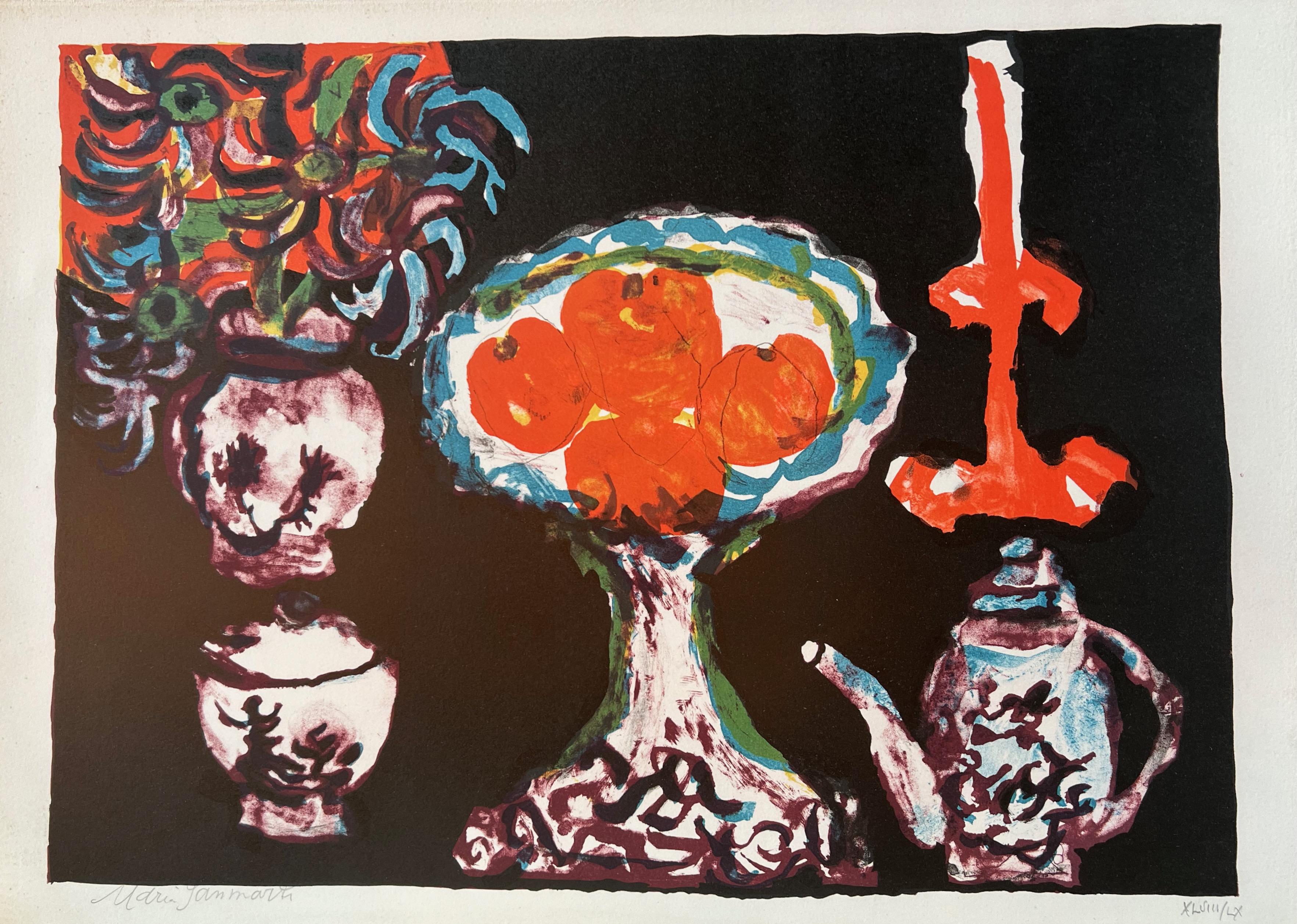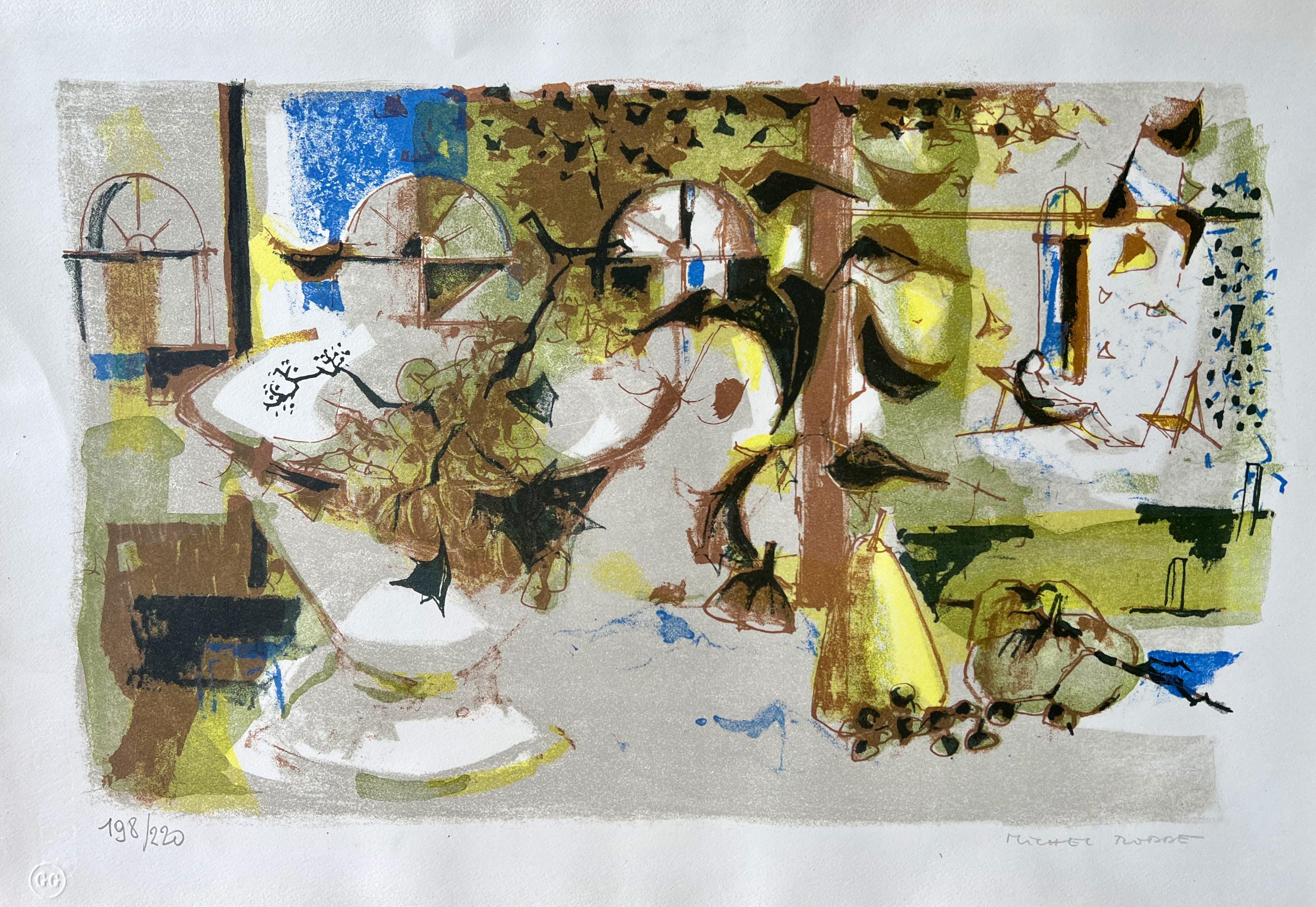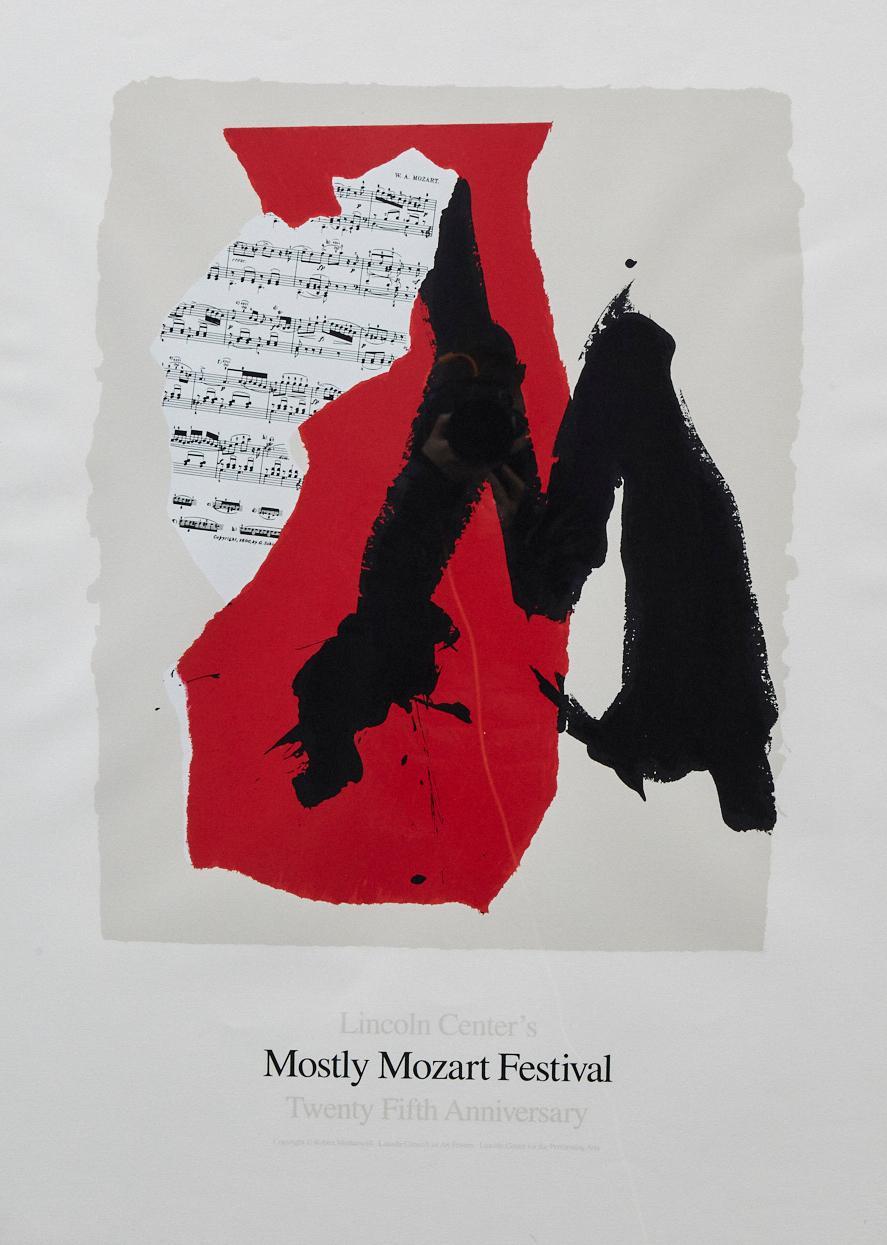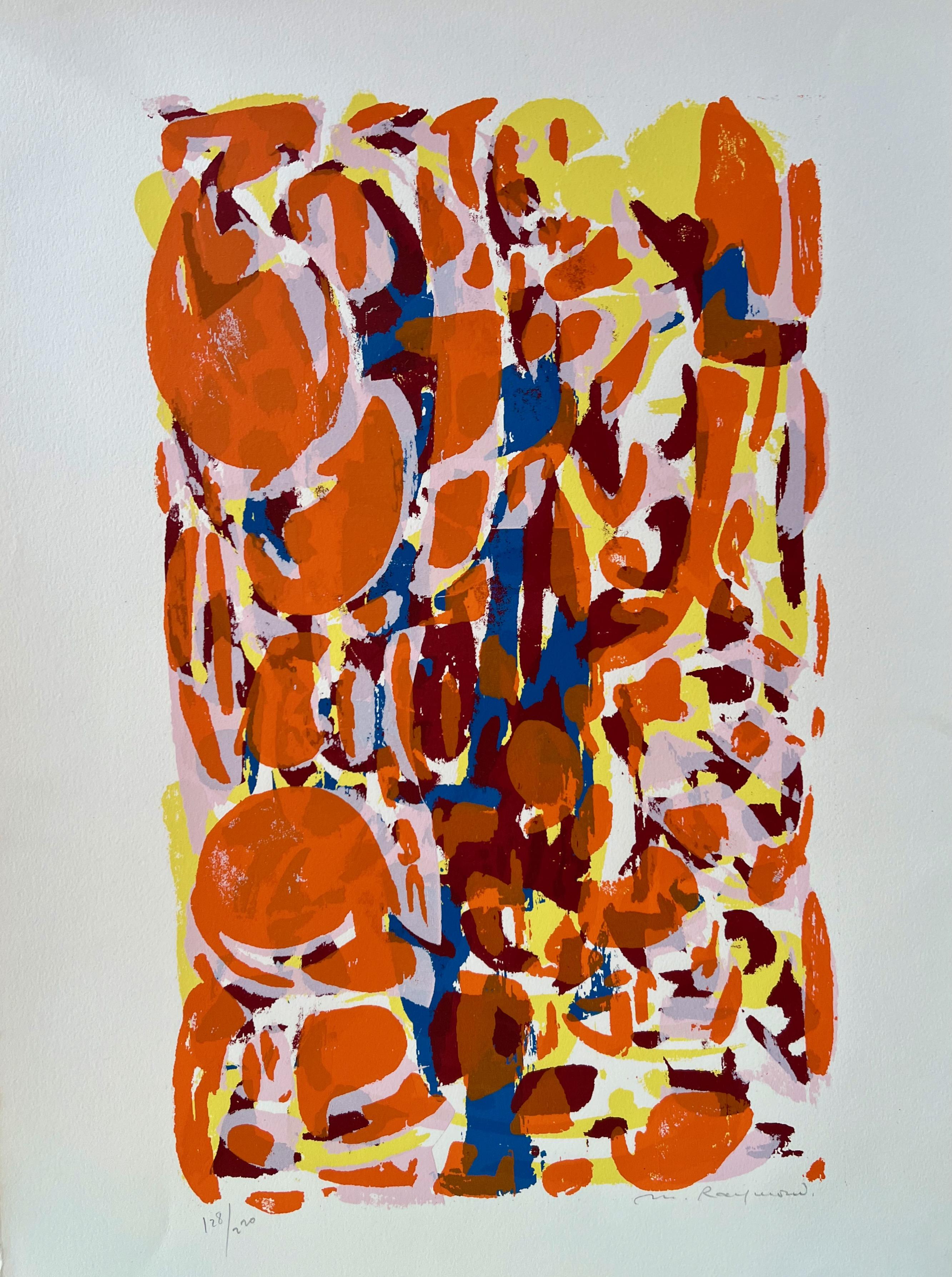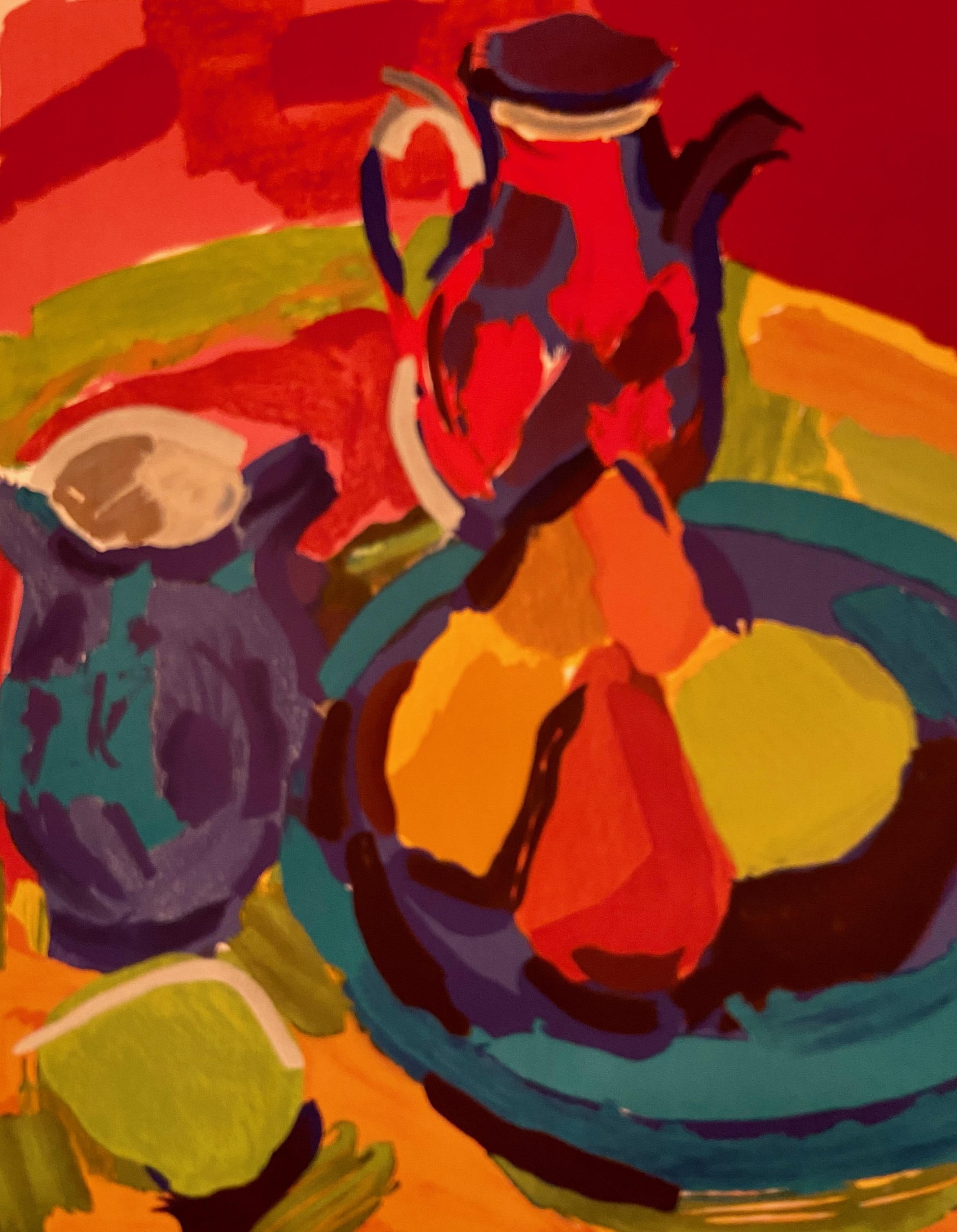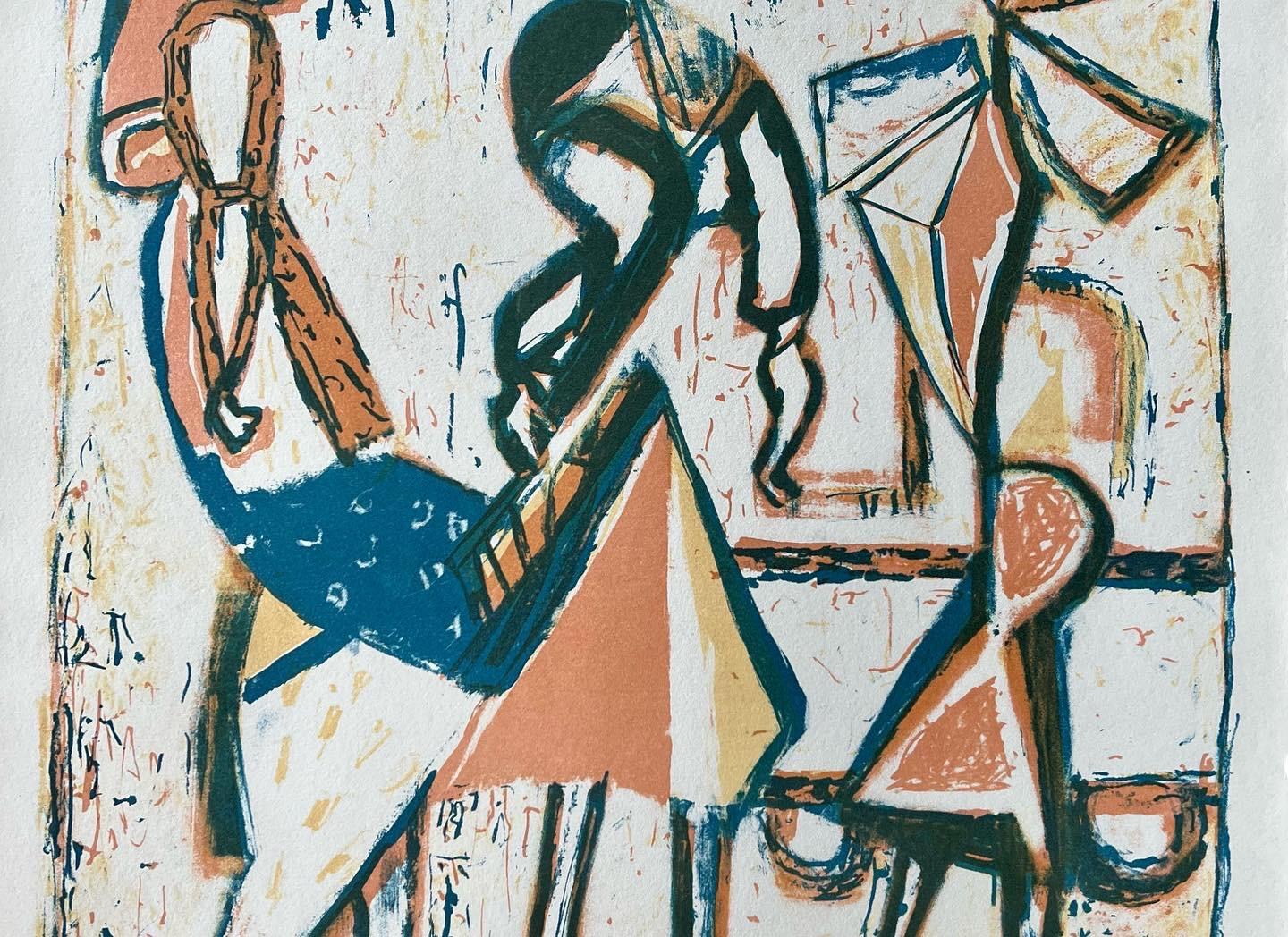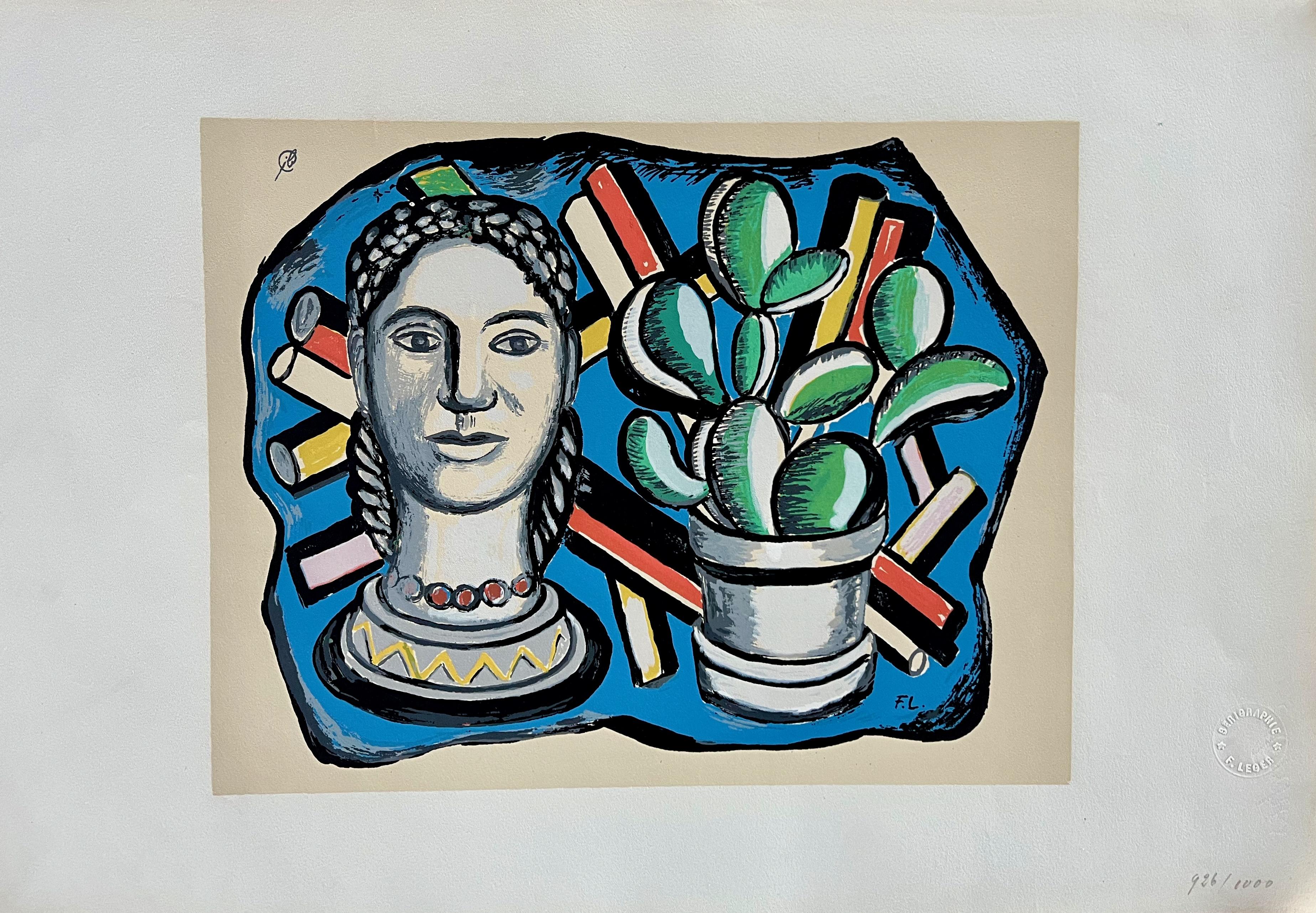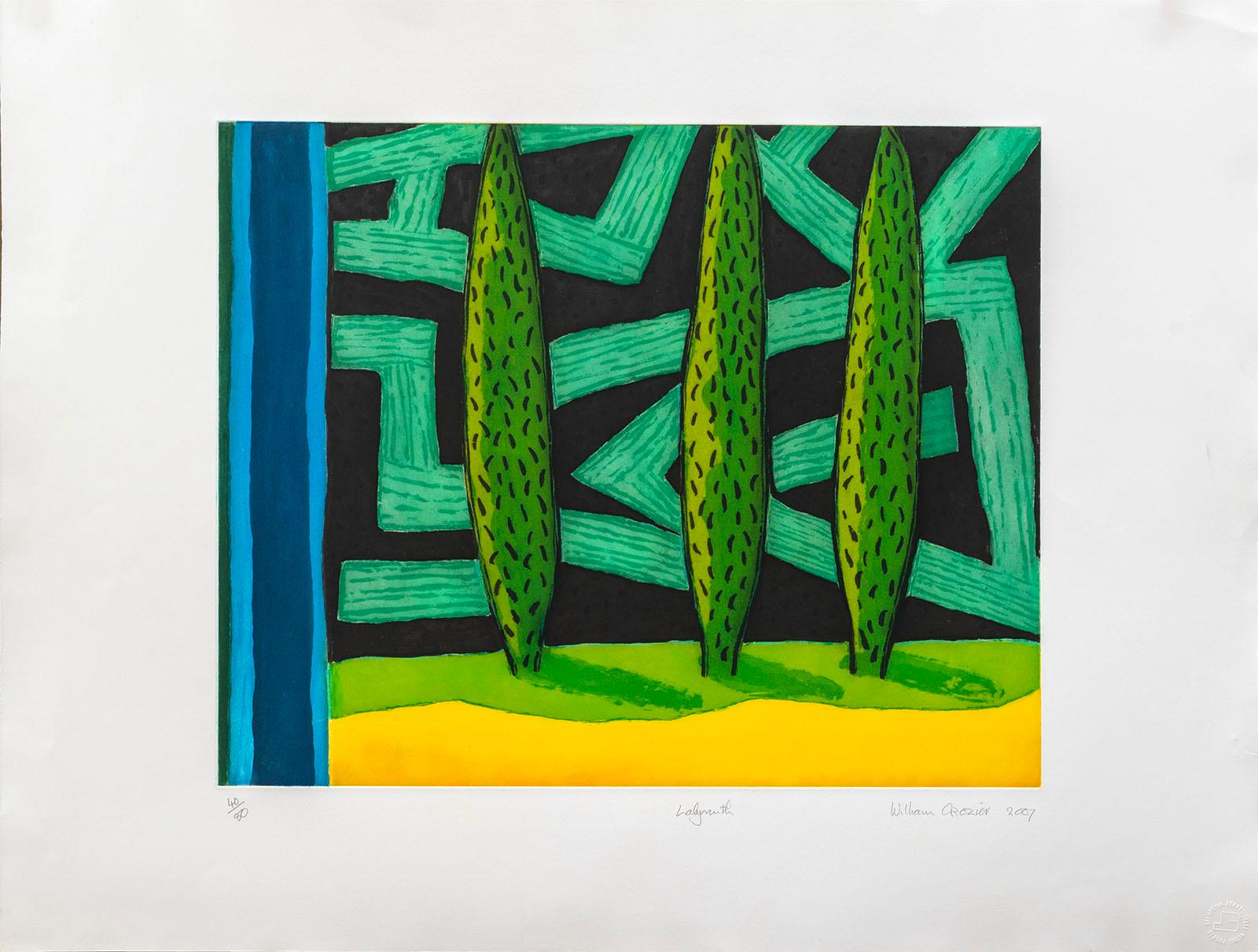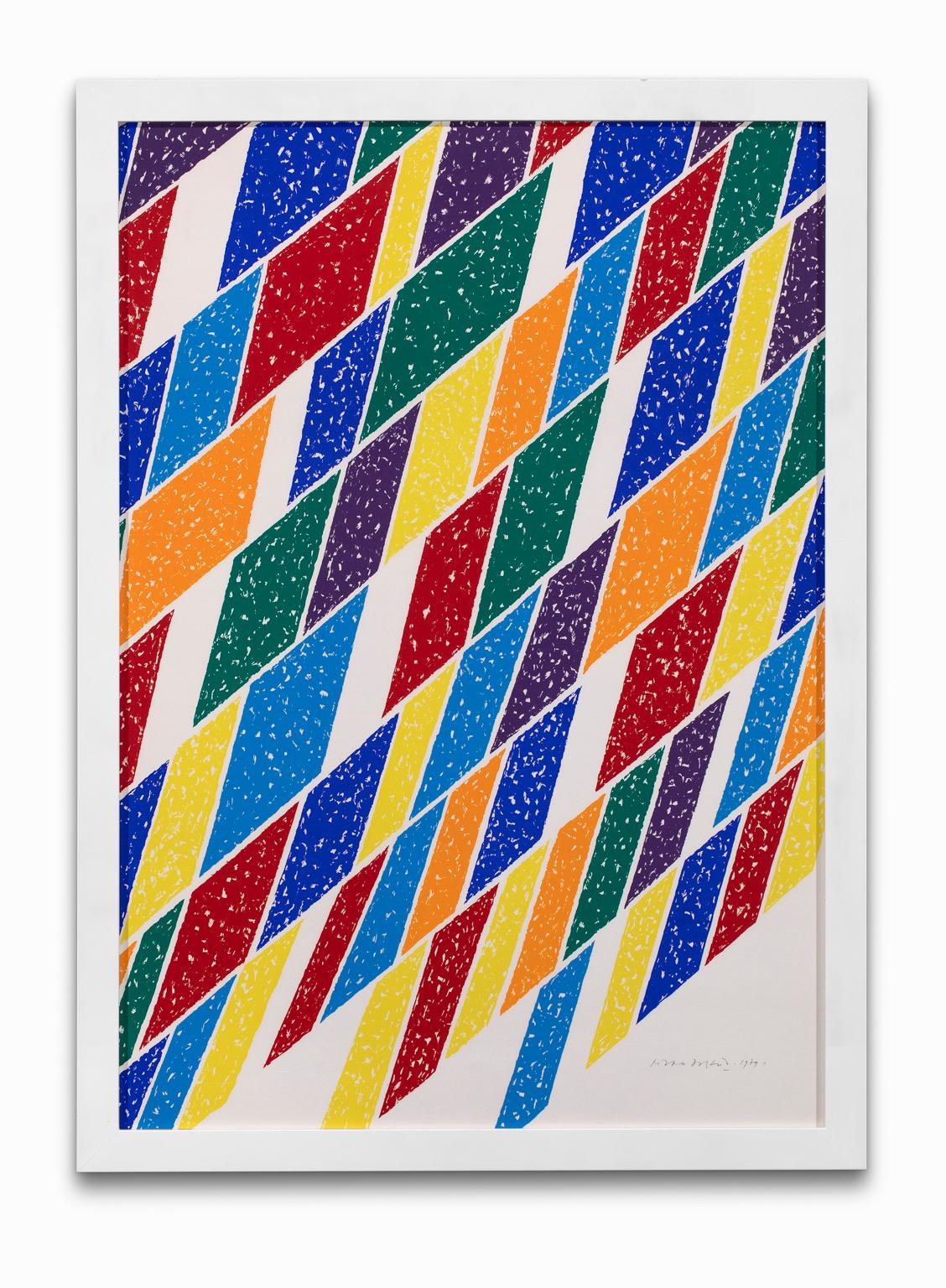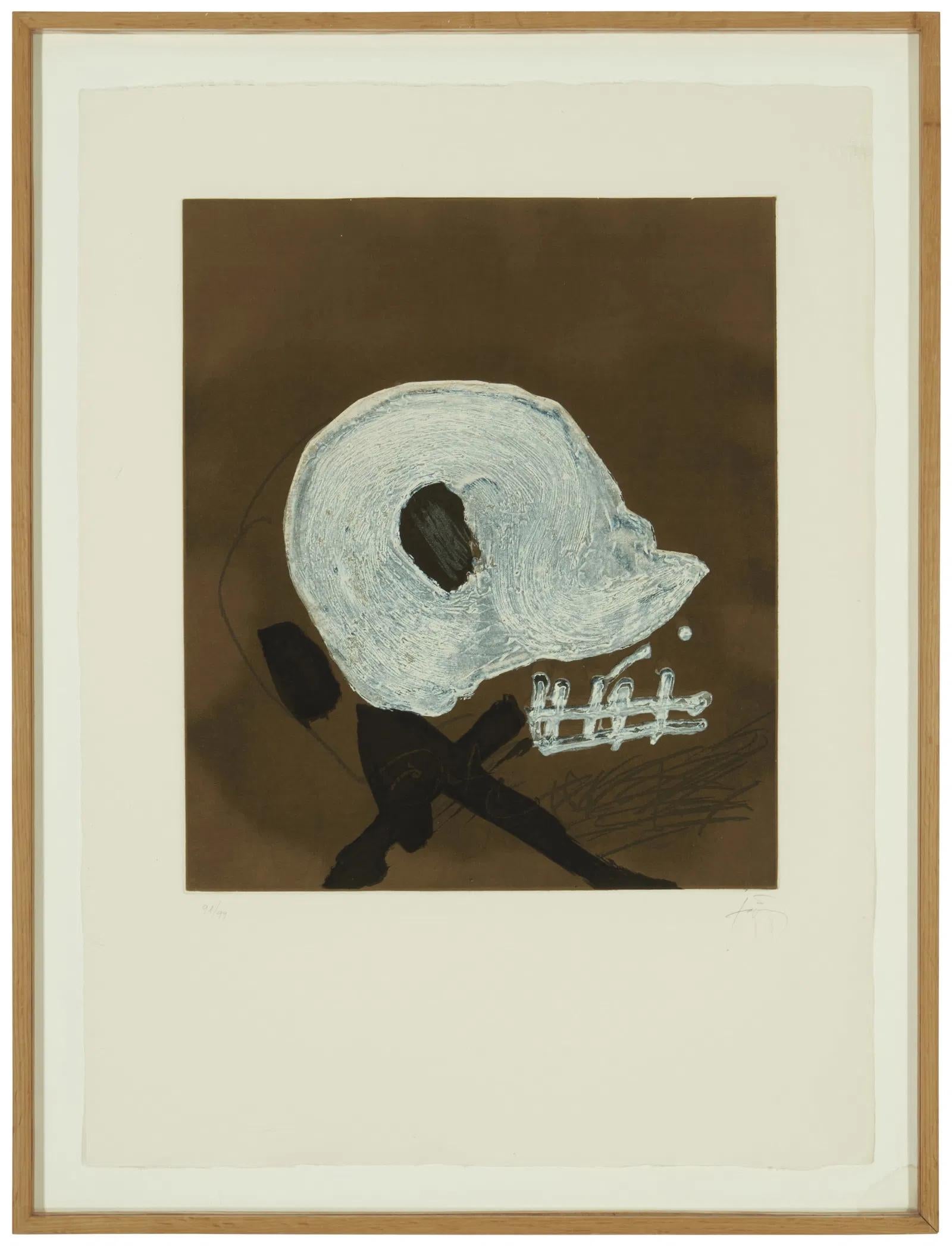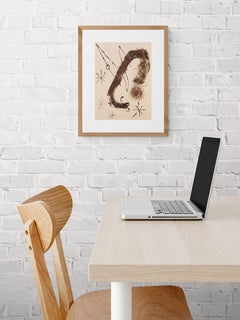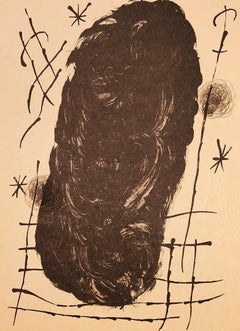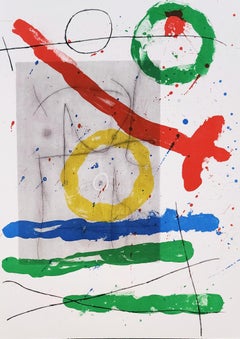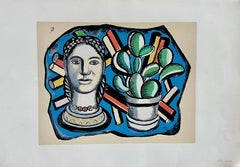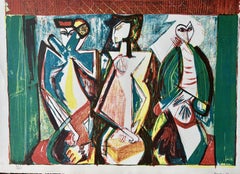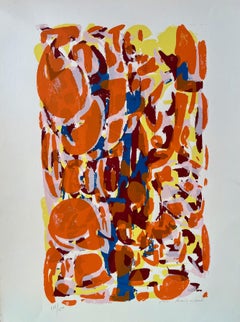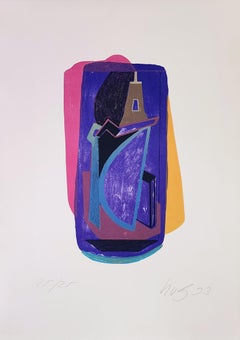
Untitled (Conceptualism, Abstract Expressionism, Gerhard Richter, Anselm Kiefer)
View Similar Items
Video Loading
Want more images or videos?
Request additional images or videos from the seller
1 of 11
Ursula von GierkeUntitled (Conceptualism, Abstract Expressionism, Gerhard Richter, Anselm Kiefer)1993
1993
Price:$198.98
About the Item
- Creator:Ursula von Gierke (1952, German)
- Creation Year:1993
- Dimensions:Height: 23.25 in (59.06 cm)Width: 16.5 in (41.91 cm)
- Medium:
- Movement & Style:
- Period:
- Framing:Framing Options Available
- Condition:
- Gallery Location:Kansas City, MO
- Reference Number:1stDibs: LU608313395862
About the Seller
5.0
Gold Seller
Premium sellers maintaining a 4.3+ rating and 24-hour response times
Established in 2016
1stDibs seller since 2017
1,079 sales on 1stDibs
Authenticity Guarantee
In the unlikely event there’s an issue with an item’s authenticity, contact us within 1 year for a full refund. DetailsMoney-Back Guarantee
If your item is not as described, is damaged in transit, or does not arrive, contact us within 7 days for a full refund. Details24-Hour Cancellation
You have a 24-hour grace period in which to reconsider your purchase, with no questions asked.Vetted Professional Sellers
Our world-class sellers must adhere to strict standards for service and quality, maintaining the integrity of our listings.Price-Match Guarantee
If you find that a seller listed the same item for a lower price elsewhere, we’ll match it.Trusted Global Delivery
Our best-in-class carrier network provides specialized shipping options worldwide, including custom delivery.More From This Seller
View AllLithographier Originale (Les Peintures Sur Carton) (Abstract, Fun, Gestural)
By Joan Miró
Located in Kansas City, MO
Joan Miro
Lithographier Originale (Les Peintures Sur Carton De Miro)
Original Color Lithograph
Year: 1965
Size: 14.5x10.5in
Edition: 150
Portfolio: DLM 151-152
Publisher: Maeght Ed...
Category
1960s Abstract Expressionist Abstract Prints
Materials
Lithograph
Lithographier Originale (Les Peintures Sur Carton) (Abstract, Fun, Gestural)
By Joan Miró
Located in Kansas City, MO
Joan Miro
Lithographier Originale (Les Peintures Sur Carton De Miro)
Original Color Lithograph
Year: 1965
Size: 14.5x10.5in
Edition: 150
Portfolio: DLM 151-152
Publisher: Maeght Ed...
Category
1960s Abstract Expressionist Abstract Prints
Materials
Lithograph
Lithographier Originale (Les Peintures Sur Carton) (Abstract, Fun, Gestural)
By Joan Miró
Located in Kansas City, MO
Joan Miro
Lithographier Originale (Les Peintures Sur Carton De Miro)
Original Color Lithograph
Year: 1965
Size: 14.5x10.5in
Edition: 1,500
Portfolio: DLM 151-152
Publisher: Maeght ...
Category
1960s Abstract Expressionist Abstract Prints
Materials
Lithograph
Untitled Abstract
By Thomas Kleemann
Located in Kansas City, MO
Untitled Abstract
Medium: Color lithograph
Year: 1989
Signed and dated by hand
Size: 39.0 × 27.3 inches
Thomas Kleemann (* 1954 in Geesthacht , Schleswig-Holstein ) is a German painter. His mostly large-format works are in private and public collections in Germany and abroad. He lives and works in Berlin and Melz in the district Mecklenburgische Seenplatte.
Kleemann studied after graduating from high school in Kiel and civil service from 1975 to 1981 painting and art education at the College of Arts in Berlin, now University of the Arts . In 1981 he was a master student of Professor Johannes Geccelli . In 1981 Kleemann passed the first state examination, 1984 the second state examination for teaching at grammar schools. In 1982 he was a scholarship holder of the Finnish city Kuopio , 1983 of the state government Schleswig-Holstein in the Casa Baldi in Olevano Romano near Rome (Italy). In 1985 he decided to work freelance. From 1986 to 1988 he had a studio scholarship from the Karl Hofer...
Category
1980s Abstract Expressionist Prints and Multiples
Materials
Lithograph
$399 Sale Price
31% Off
La Mélodie Acide - 4 (Surrealism, Colorful, Vibrant, Modern)
By Joan Miró
Located in Kansas City, MO
Joan Miró
La Mélodie Acide - 4
Color lithograph
Year: 1980
Edition: 1500
Artist Dry Stamp lower right,
Annotated "H.C" (hors commerce) in pencil lower left
Size: 8.2 × 6.6 on 12.9 ...
Category
1980s Abstract Expressionist Prints and Multiples
Materials
Lithograph
Lithographie Originale IV
By Joan Miró
Located in Kansas City, MO
Joan Miró
Lithographie Originale IV
Color Lithograph
Year: 1977
Size: 12.5 × 9.6 inches
Catalogue Raisonné: Teixidor, Miro Lithographe III, 1964-1969, p.29
Publisher: Maeght Editeur,...
Category
1970s Abstract Expressionist Prints and Multiples
Materials
Lithograph
Price Upon Request
You May Also Like
Serigraphie Fernand Leger
By Fernand Léger
Located in Belgrade, MT
This print is part of my private collection. They were published in a numbered unsigned edition of 1000, and a signed edition of 200, printed by Serifraphie Fernand Leger, Paris and ...
Category
Mid-20th Century Abstract Expressionist Abstract Prints
Materials
Lithograph
$600 Sale Price
25% Off
Three Figures
Located in Belgrade, MT
This lithograph is part of my private collection. It is limited in edition ,artist signed lower right and is in very good condition. Walter Becker was a German artist. Another impres...
Category
Mid-20th Century Abstract Expressionist Abstract Prints
Materials
Lithograph
$580 Sale Price
51% Off
abstract composition
By Marie Raymond
Located in Belgrade, MT
This color lithograph is part of my private collection since the 1970's. Marie Raymond was a pioneer post WWII painter of her generation. She was a lyrical abstractionist of her time...
Category
Mid-20th Century Abstract Expressionist Abstract Prints
Materials
Color, Lithograph
$600 Sale Price
20% Off
Nature Morte
By (circle of) Pierre Ambrogiani
Located in Belgrade, MT
This colorful lithograph is part of my private collection.
It is a limited edition , 1 print available, signed and numbered 25/150. It is in very good condition. Vibrant and colorful.
Category
Mid-20th Century Abstract Expressionist Abstract Prints
Materials
Lithograph
$580 Sale Price
51% Off
Two Metamorphosed Women with a Mythological Creature
Located in Belgrade, MT
This lithograph is part of my private collection. It is limited in edition artist signed lower right and is in very good condition. Walter Becker was a German artist. Another impress...
Category
Mid-19th Century Abstract Expressionist Abstract Prints
Materials
Lithograph
$580 Sale Price
38% Off
La coupe de fruits
Located in Belgrade, MT
Maria Sanmartin-Bodegon started painting in 1947. She was encouraged by her son Antoni Clave' who also was a great painter. She exhibited in salons throughout Europe including Paris,...
Category
Early 20th Century Abstract Expressionist Abstract Prints
Materials
Ceramic, Paint, Lithograph
$600 Sale Price
20% Off
